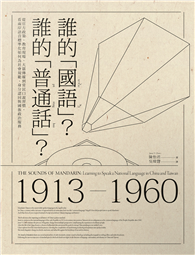The seed for this book was planted in 2011 when the author gave a talk at a veterans’ home on his first book―Shot Down Over Italy―about a B-25 crew. One of the veterans, John Cooney, sought him out to tell him that he too went down in a plane over Italy during World War II, but with a B-24 crew. Over the next three years, they kept in touch and when John passed away in 2014 someone in his family called the author his biographer.
While this book began with war stories about John, the crew he served with, and other crews of their bomb group, it grew to encompass much more when the author learned that John’s father served in World War I. His father served with the medical support forces which cared for casualties of war while John served with the fighting air forces many of whom became casualties of war.
The book analyzes two world wars-how they were started, mobilized, fought, supported, ended, and more. It explains the role of the United States in both wars with a focus on its medical support in World War I, which cared for the sick and wounded, and its airpower in World War II, which bombed factories that made weapons, oil fields that fueled them, facilities that stored them, and the transportation networks that brought them to the battlefront.
The book shows that powerful leaders start wars, but citizens fight them and experience the horror. It describes the process of changing from a peacetime economy producing goods and services that help people to a wartime economy producing goods and services that harm people. War is hell and this book pays tribute to those who experienced this hell while doing their duty as citizens.
Because countries now have nuclear weapons which could elevate horror to an unfathomable level, this book also shows why we need to keep powerful leaders in check by giving the citizens who fight wars the freedom to govern themselves and wield more power than a powerful few who could start another world war.

 看圖書介紹
看圖書介紹






![塔木德:猶太人的致富聖經[修訂版]:1000多年來帶領猶太人快速累積財富的神祕經典 塔木德:猶太人的致富聖經[修訂版]:1000多年來帶領猶太人快速累積財富的神祕經典](https://media.taaze.tw/showLargeImage.html?sc=11100697818)



